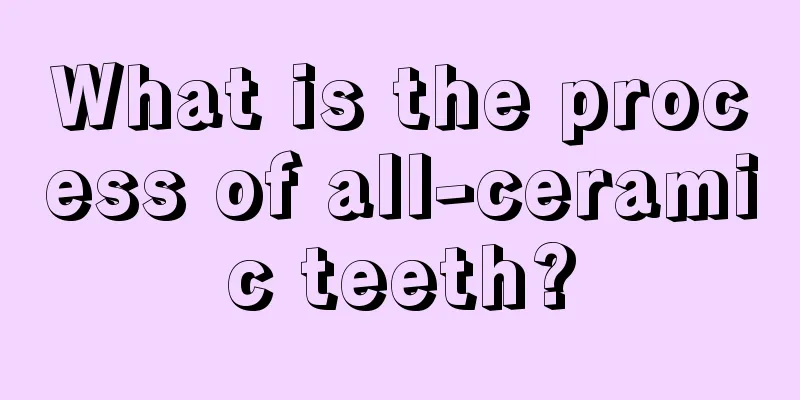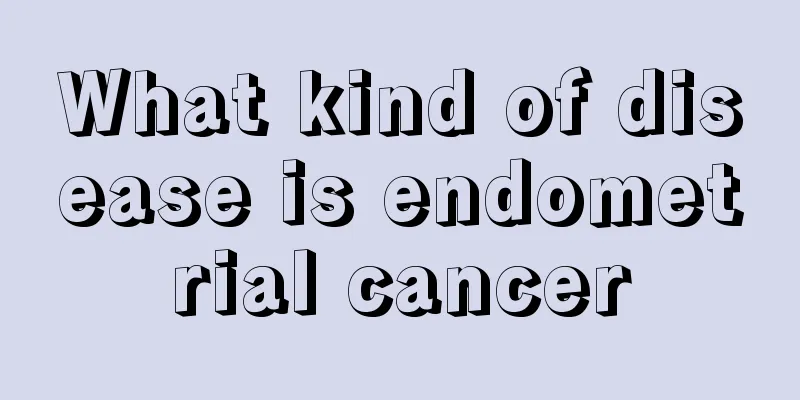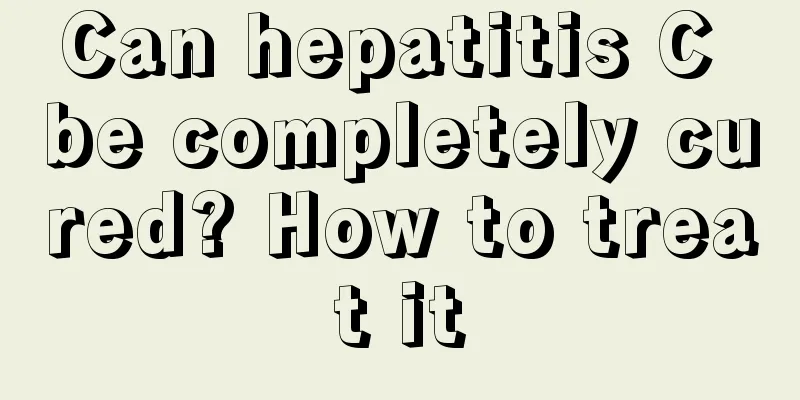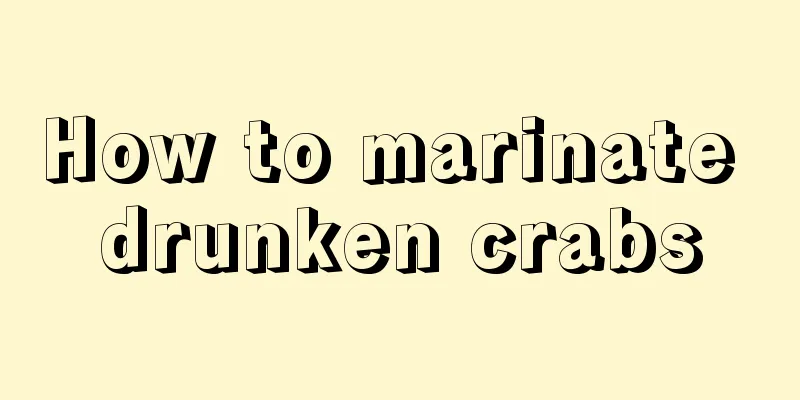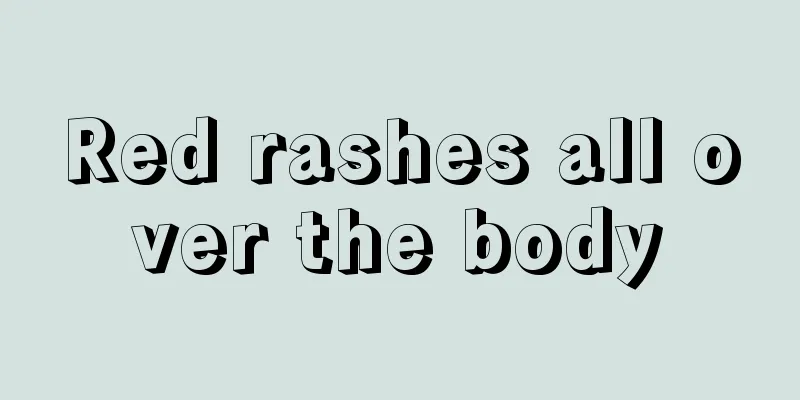What are the applications of potassium persulfate tablets in aquaculture
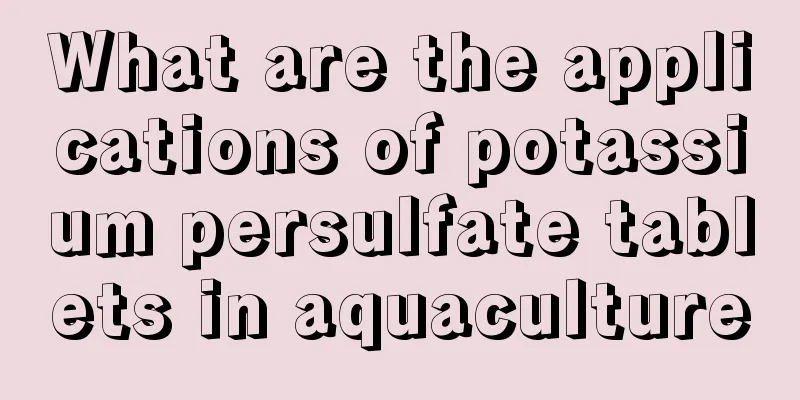
|
Now many aquaculture workers are using potassium persulfate tablets, which can effectively adjust water, improve the bottom or control algae, etc. The potassium persulfate tablets sold on the market are often not pure, but are acidic complex salts composed of many raw materials. Potassium persulfate tablets can directly disinfect toxic substances in the water. So what are the applications of potassium persulfate tablets in aquaculture? First, what are the applications of potassium persulfate tablets in aquaculture? What we call potassium persulfate is actually just an abbreviation. The full name is potassium monopersulfate or potassium monopersulfate, with the chemical formula KHSO5. The products sold on the market are generally not pure potassium persulfate, but an acidic complex salt composed of three raw materials: potassium permonosulfate, potassium sulfate (KHSO4), and potassium sulfate (K2SO4). The active oxidizing substance is potassium permonosulfate, and its content ranges from 5% to 50%. It comes in powder, flake, columnar, irregular granular and other forms. The content of powder is much higher than other forms. The content of products used for bottom modification is generally around 10%. Of course, the higher the potassium persulfate content is not necessarily better. As far as bottom improvement products are concerned, tablets have more advantages than powders. They act directly on the bottom of the pond, avoiding loss and waste in the water body, and can produce higher local concentrations. Second, as we all know, in addition to biological bottom modification, the most commonly used bottom modification products are oxidants. Currently, oxidants used in aquaculture can be roughly divided into three categories: chlorine preparations (such as chlorine dioxide, bromine chlorine, hydantoin), peroxides (such as potassium persulfate, calcium peroxide), and ferrates (such as potassium ferrate, sodium ferrate). Most oxidants are advertised as having two functions: "sterilization" and "detoxification". We use three representative oxidants: chlorine dioxide, potassium persulfate, and potassium ferrate to compare these two functions. What are the applications of potassium persulfate tablets in aquaculture? The mechanism of action of potassium persulfate is mainly to utilize its strong oxidizing property to react with water to generate unstable ozone. Ozone instantly decomposes to generate oxygen (O2) and atomic oxygen (O), the so-called new ecological oxygen. Atomic oxygen has very high energy and plays a role in killing and inhibiting bacteria and viruses. The reaction process does not produce any harmful substances, and the generated oxygen can also play an oxygenation role. It is green and safe and is widely used as a water treatment agent. |
<<: Difference between ammonium aluminum sulfate and barium hydroxide
>>: Does barium sulfate dissolve in dilute nitric acid?
Recommend
Can I drink water while taking a urine test
In daily life, some diseases can be diagnosed by ...
What does rolling meat mean?
Rolling Knife Meat is a term that people often he...
What is the best treatment for laryngeal cancer
What is the best treatment for laryngeal cancer? ...
The different effects of soaking raisins and red dates in water
Raisins are a small snack in our lives and their ...
What foods should be avoided for teratoma
Patients with teratoma should avoid high-fat, hig...
Does black tea warm the stomach?
Black tea is a food that we can often enjoy in ou...
What is the definition of cardiopulmonary resuscitation?
The definition of cardiopulmonary resuscitation i...
What are the benefits of alum foot bath
Some friends may have heard of alum. In fact, thi...
What causes bitter taste in the mouth and bad breath?
When you find yourself having bitter taste in the...
How to detect liver cancer early in patients with hepatitis B
The patient is a 58-year-old male with a history ...
The efficacy of vinegar, sesame oil and honey
Vinegar, sesame oil and honey are foods we are ve...
Is chest tightness a symptom of AIDS?
We all know that as relationships between people ...
What is the cure rate of laryngeal cancer
As air pollution becomes more and more serious, v...
What diseases does orthopedics treat?
If you are sick, you need to go to the hospital f...
How to ovulate
The newlyweds are living a sweet life, planning t...
